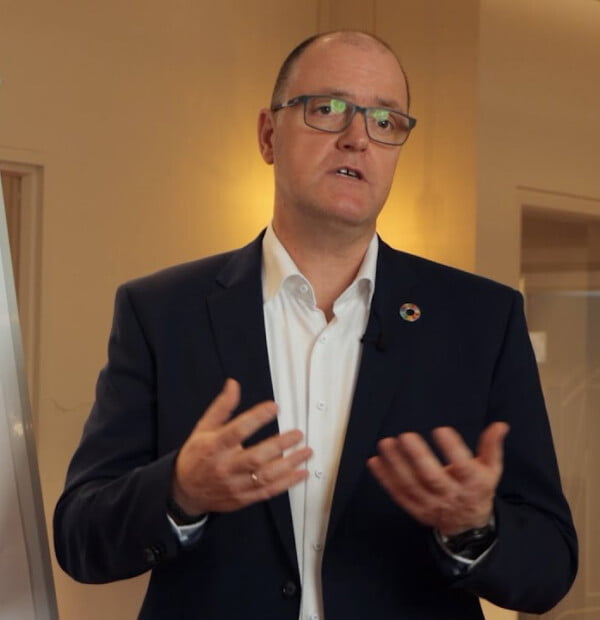Vi hjælper virksomheder til at skabe fokus på at optimere samspillet mellem værdistrømme, drift, kultur, medarbejdere og ledelse. Derved skabes en kontinuerlig forbedringskultur, som giver vedvarende konkurrencemæssige fordele.
Derfor bør I vælge Zephyr Consulting:

Operational excellence går grundlæggende ud på, at man i virksomheden skal reducere sine omkostninger, samtidig med at man tilstræber at sikre mere og mere tilfredse medarbejdere. Den balance er essentiel for at skabe de bedste forudsætninger for, at virksomheden bliver bedre og opnår sit fulde potentiale.
I vores arbejde med at hjælpe virksomheder til at være rigtig gode til at levere værdi til deres kunder har vi stort fokus på virksomhedens samlede system bestående af værdistrømme, daglig drift, kultur, ledelse og mennesker. Operational excellence handler om at være dygtig (excellent) til at bringe værdi til sine kunder.
Det ultimative bevis på operational excellence er, at den pågældende virksomhed er i kontinuerlig lønsom vækst.
Gennem de sidste mange år har mange virksomheder arbejdet massivt på at blive bedre til at skabe værdi. Aktiviteterne har været mangeartede og har de sidste 10-15 år fokuseret på LEAN og implementering af løbende forbedringer. Resultaterne har været svingende. Desværre giver mange LEAN skylden, hvilket har givet metoden et varieret ry. Set fra vores side er det mest, fordi man har glemt, at det handler om mennesker, og fordi man ikke har fokuseret på at få de rette forudsætninger på plads.
For os drejer arbejdet med operational excellence sig om bl.a. at bruge LEAN til at arbejde fokuseret og effektivt med forbedringer og sikre, at indsatserne understøtter den overordnede strategi.


Forløbet starter med et indledende møde, hvor vi afklarer jeres nuværende situation, samt
hvilke ønsker I har til resultatet, når vi er færdige med opgaven. Herved kan vi hurtigt danne os et billede af, hvor det er vigtigst at sætte ind.
For os er det vigtigt, at I som virksomhed får en løsning, der er investeringen værd, og som kan mærkes, også efter vi er færdige med opgaven. Under normale forhold vender vi tilbage med et forslag til løsningen af opgaven inden for en uge, hvorefter vi aftaler det videre forløb.
Når vi er enige om aftalens omfang, går vi sammen i gang med at definere:


Forløbet afsluttes med et evalueringsmøde.
Formålet med dette er flersidigt:
Vi tror på kontinuerlige forbedringer som et middel til at holde os foran.
Slutteligt aftaler vi eventuelle opfølgende aktiviteter.
Vores forbedringsforløb tilpasses ALTID den enkelte virksomheds/organisations aktuelle situation og udfordringer, således at investeringen bærer frugt tidligt i forløbet.
LEAN og optimering er ikke et quickfix, selvom mange ofte opnår hurtige forbedringer. Den største værdi kommer af at fokusere på den lange bane, både for bundlinje og for medarbejdernes motivation.
Produktivitet og effektivitet er aldrig en tilfældighed. Det er altid et resultat af disciplin, intelligent planlægning og fokuseret indsats. Denne indsats forudsætter, at man involverer flere dele af organisationen og fokuserer på deres indbyrdes afhængighed. Folk vil grundlæggende gerne gøre det godt, og det gælder blot om at skabe de rigtige forudsætninger.
Vi tilbyder forskellige forløb afhængigt af, hvad I ønsker at opnå: